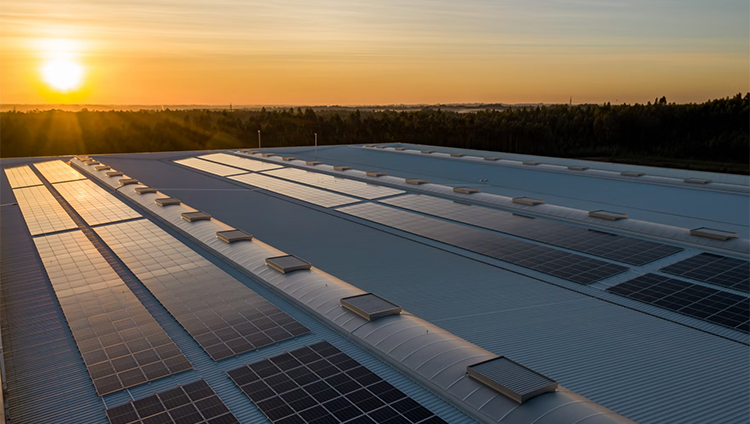The Challenge
Solar energy is the world's most abundant clean source of energy. The research objective of this project is to develop a tandem device capable of providing both energy generation and storage by combining the functions of a photovoltaic and rechargeable battery. Although both systems individually have been studied in-depth and developed, a tandem device that both generates and stores electricity had yet to be explored. The Sustainable LA Grand Challenge provided a unique opportunity to create an interdisciplinary research and design team to exploit this resource and significantly enhance energy self-sufficiency in Los Angeles and beyond.
The Solution
Researchers developed a prototype tandem device by integrating solar photovoltaic technology with energy storage. A single device converts sunlight into energy in its cell while storing that energy in batteries for future use. The integration of two essential technologies in one convenient form expands the device's capabilities and efficacy. The stored energy can later be utilized in emergencies, evenings or when electricity demand is high. This tandem device has a thin, film-like design that is also flexible – unlike traditional rigid ones. Thus, the devices are portable and easier to deliver, operate and deploy. Researchers envision the flexible, tandem device being integrated into architectural designs (e.g. roofs, windows, panels) to generate passive energy in residential and commercial buildings in the future and reduce consumption of fossil fuel energy.
Results
- Currently, first-generation photovoltaic-battery tandem devices exist on the market but do not display flexibility – which is unique to this project. The integration of a flexible solar cell with a flexible battery significantly improves device versatility for incorporation into diverse green architectural designs.
- Researchers successfully demonstrated the flexible battery synthesis is easily scalable for larger batteries while still maintaining appreciable storage capacities.
- The fabrication of a flexible perovskite solar cell as a part of its design is particularly noteworthy because it offers a higher overall power conversion efficiency compared to commercial silicon-based cells.
Next Steps
Researchers plan to further their relationship with the National Renewable Energy Laboratory (NREL) to better utilize their tandem devices at commercial scale and in architectural designs. A key advantage to using this tandem device is its capacity to be incorporated into products and systems of existing building materials. The expectation is that the device can readily be installed in existing architecture or new construction, but few changes in the policies or cultural mentality of L.A. County are needed due to the prevalence of solar cells and batteries being used as separate devices throughout the county.
Publications and Reports
Dunn, B., & Lan, E. (2018). Design of biohybrid structures for Enzyme–Electrode interfaces. (pp. 767-791). Weinheim, Germany: Wiley‐VCH Verlag GmbH & Co. KGaA. doi:10.1002/9783527807130.ch18

Research Team
Bruce Dunn
Materials Science & Engineering, Samueli School of Engineering & Applied Sciences
bdunn@ucla.edu
Yang Yang
Materials Science & Engineering, Samueli School of Engineering & Applied Sciences
yangy@ucla.edu
Kevin Daly
Architecture and Urban Design
Nick De Marco (PhD student)
Materials Science & Engineering
Ryan DeBlock (PhD student)
Materials Science & Engineering




